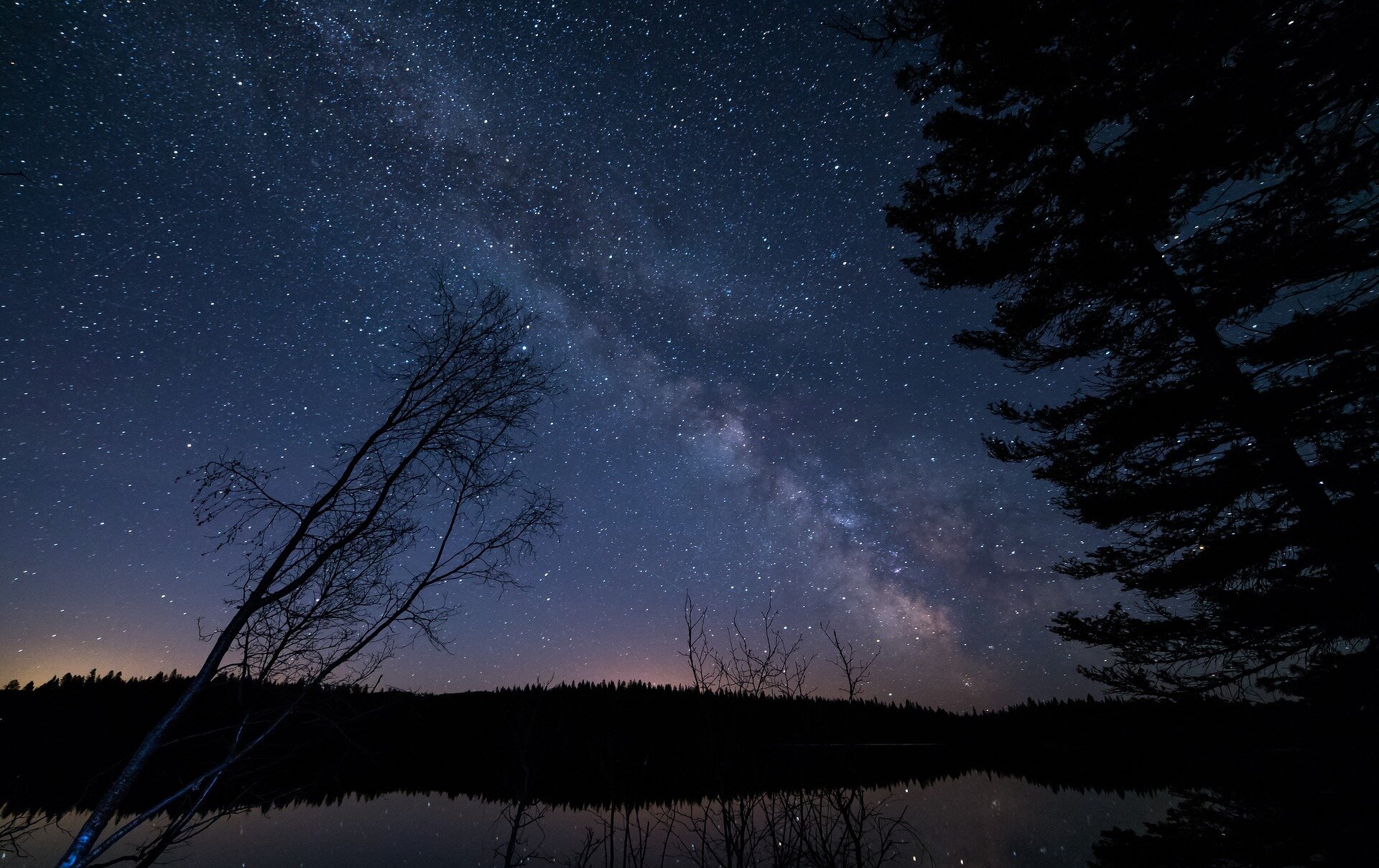Writing Wednesday: Sounds of Summer
On Monday, we learned that Carl Sandburg used alliteration in his poem “Summer Stars.” Did you know that there are many different sound devices that poets can use when writing poetry?
Today, we challenge you to (with an adult’s permission!) go outside after dark.
What do you see? The moon? Your neighbors’ lights? Do you hear the wind? Or frogs? Or insects? Or cars? What do you feel? Is it warm or cool? Is there a breeze? Does it feel dry or can you feel the humidity sticking to your skin?
Once you’ve taken in the summer night, write a poem that captures the essence of summer!
If you want an extra challenge, you can try out some of the sound devices below to help your readers hear the sounds of summer!
Sound Devices:
Alliteration: repetition of first sound in stressed syllables (ex. summer sounds)
Assonance: “vowel rhyme”; similar vowel sounds with different end consonants (ex. light the fire)
Consonance: repetition of end consonants in words (ex. never here)
Cacophony – juxtaposition of harsh sounds (ex: “Crawling, sprawling, breaching spokes of stone” from “Fences” by Robert Shubinski)
Euphony: harmonious sounds (usually long vowels are used for this: moon and fate vs. cat bed)
Internal Rhyme: rhyme occurring within the line (ex. “His childhood fraught with lessons taught by want and misery” from “The Matador” by Shubinksi)
Near Rhyme: sounds are similar but not exact (ex. home and come)
Onomatopoeia: word whose sound suggests what it is or what it sounds like (ex. buzz, hiss)

